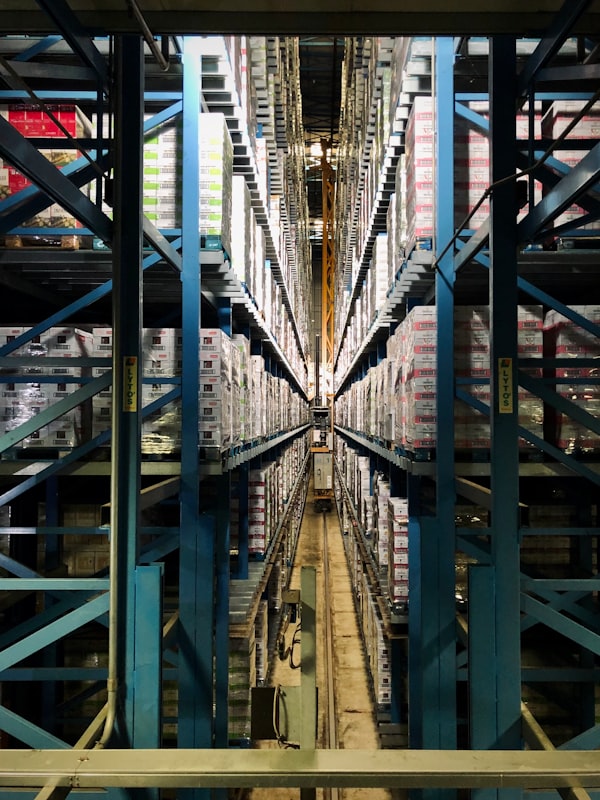Strict Consistency is a Hard Requirement for Primary Storage

Enterprises rely on data to make decisions. Effective decision-making hinges on the accuracy, timeliness, availability, and security of data. Data consistency, an important factor that cannot be ignored when purchasing storage, involves ensuring that all relevant parties can immediately access the results of a database transaction once it has been finalized, either through commitment or rollback. This guarantees that everyone
Read more























